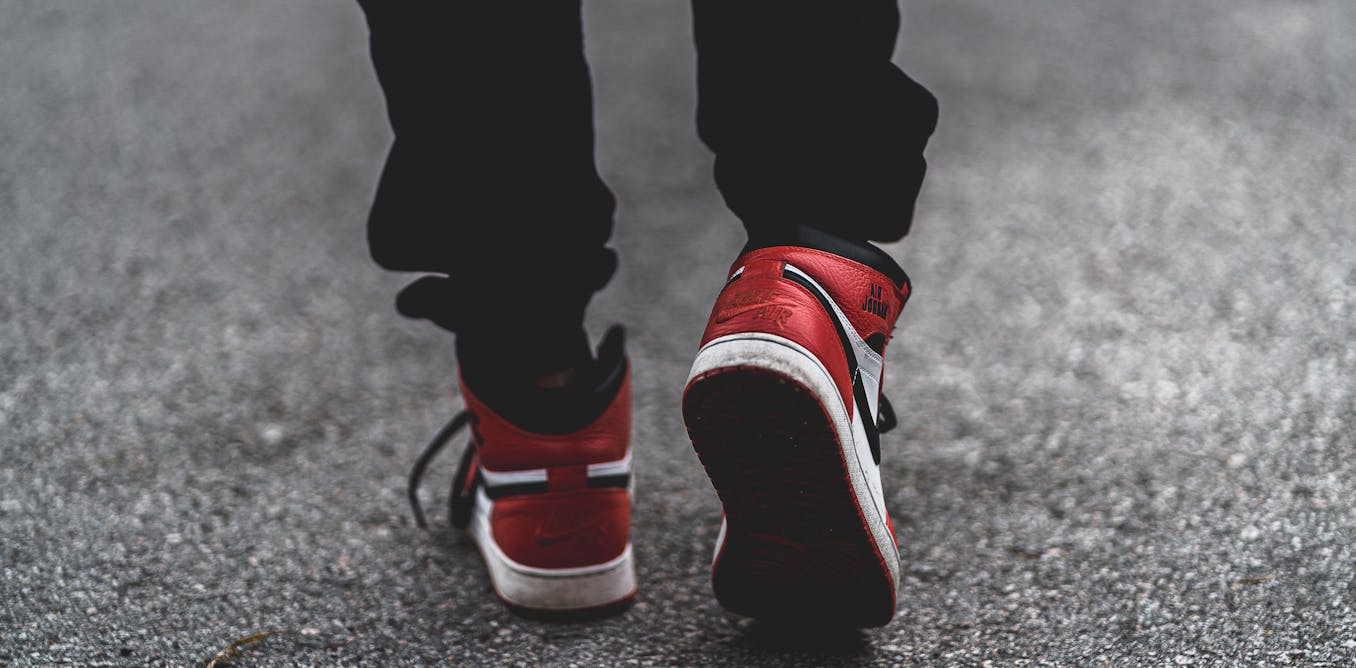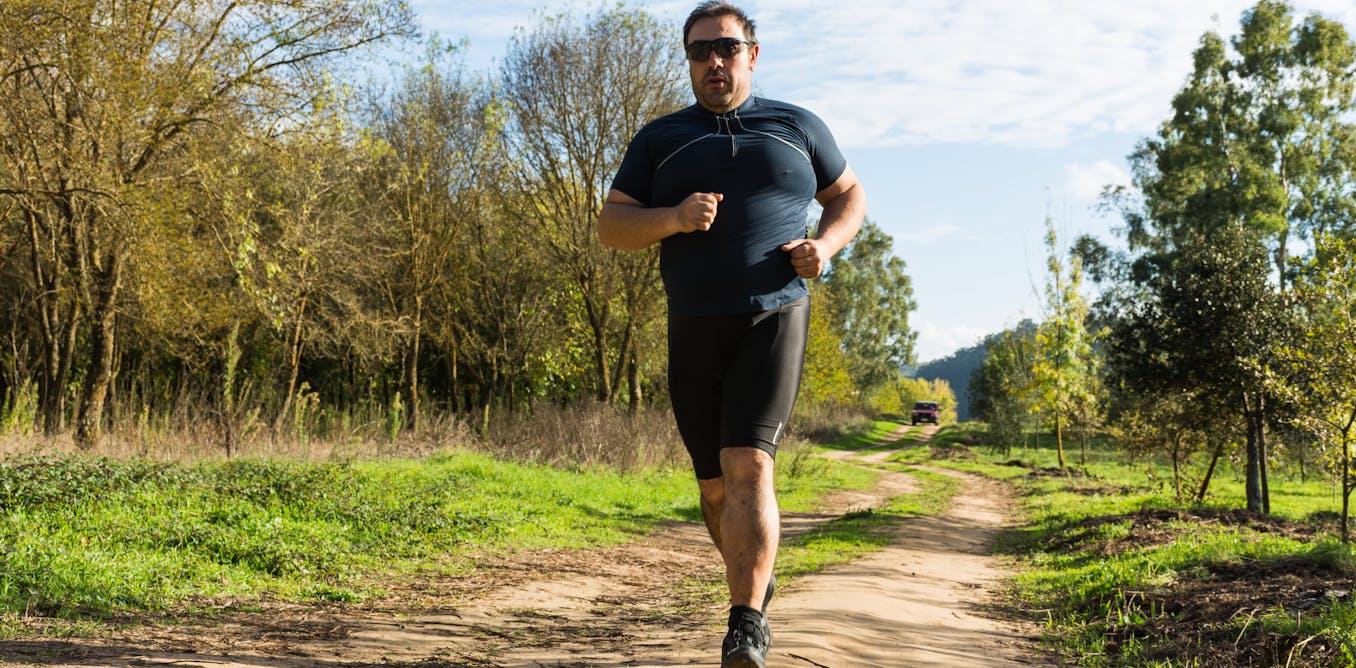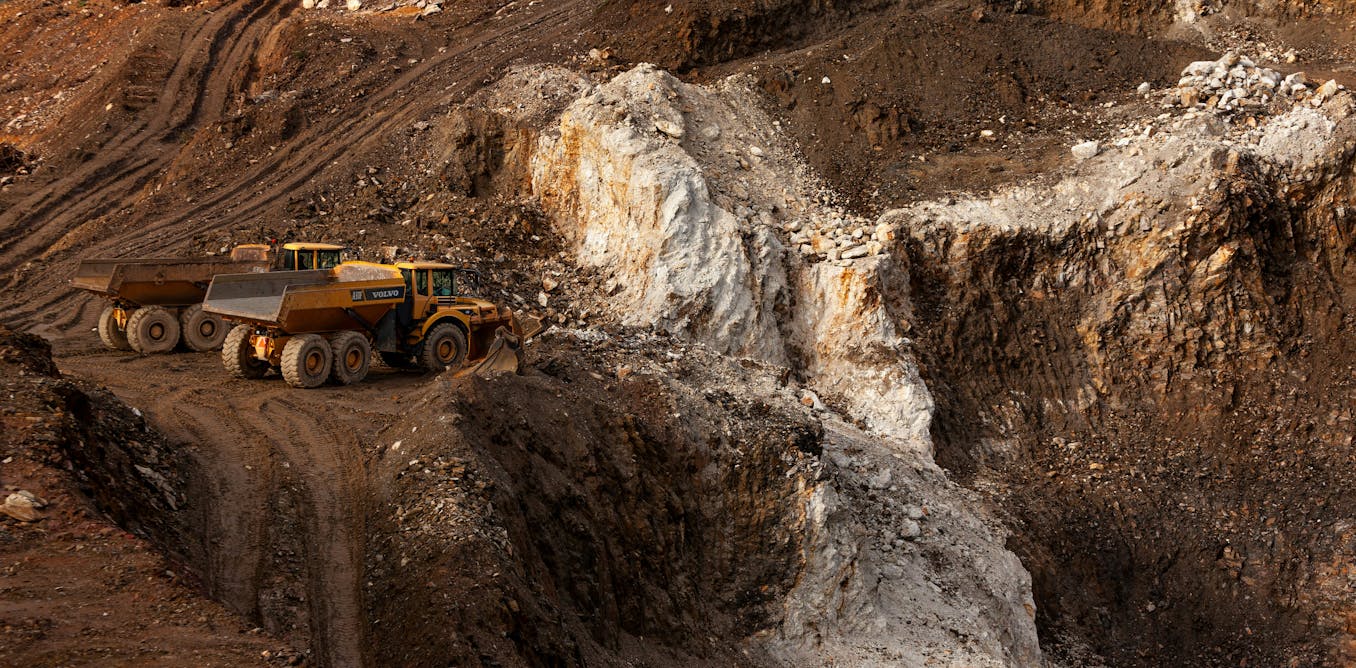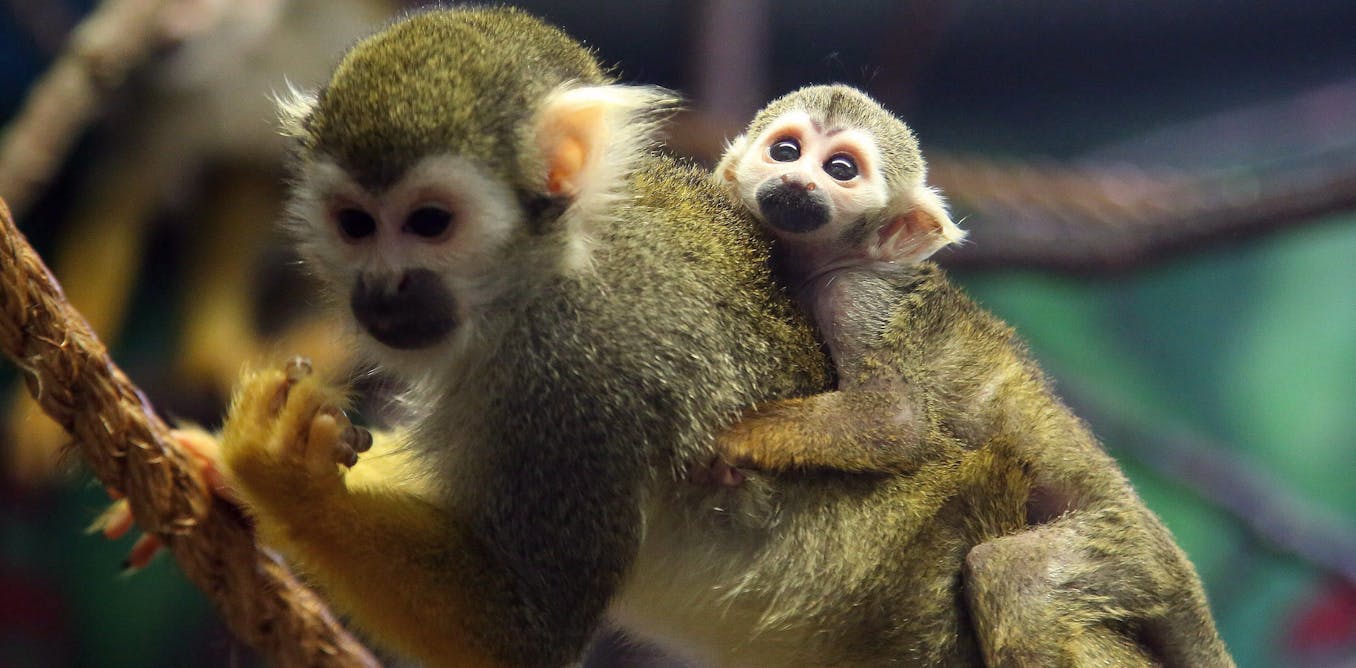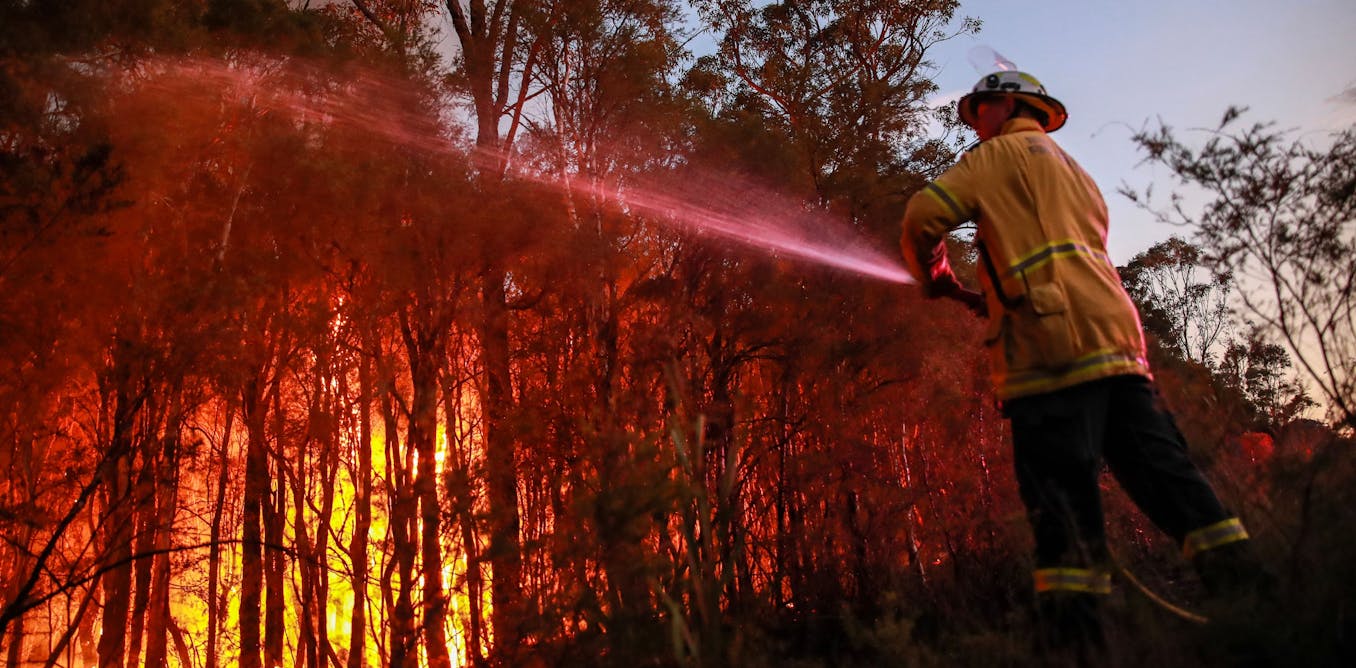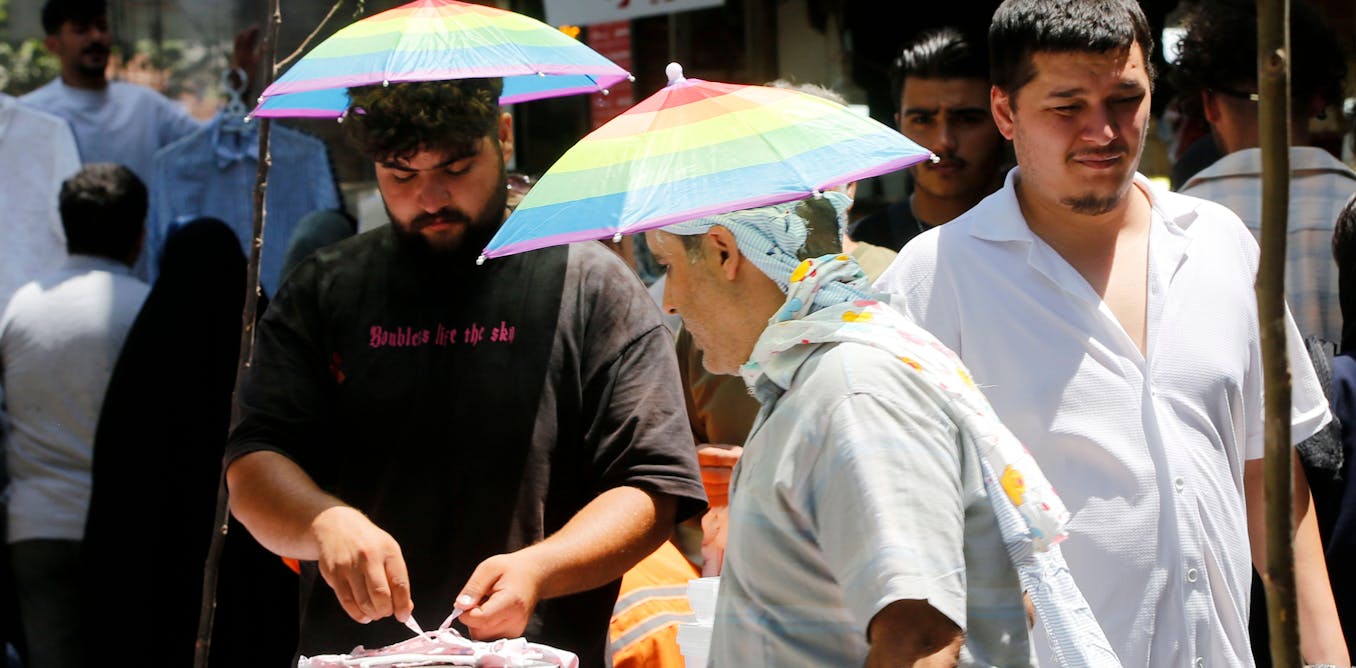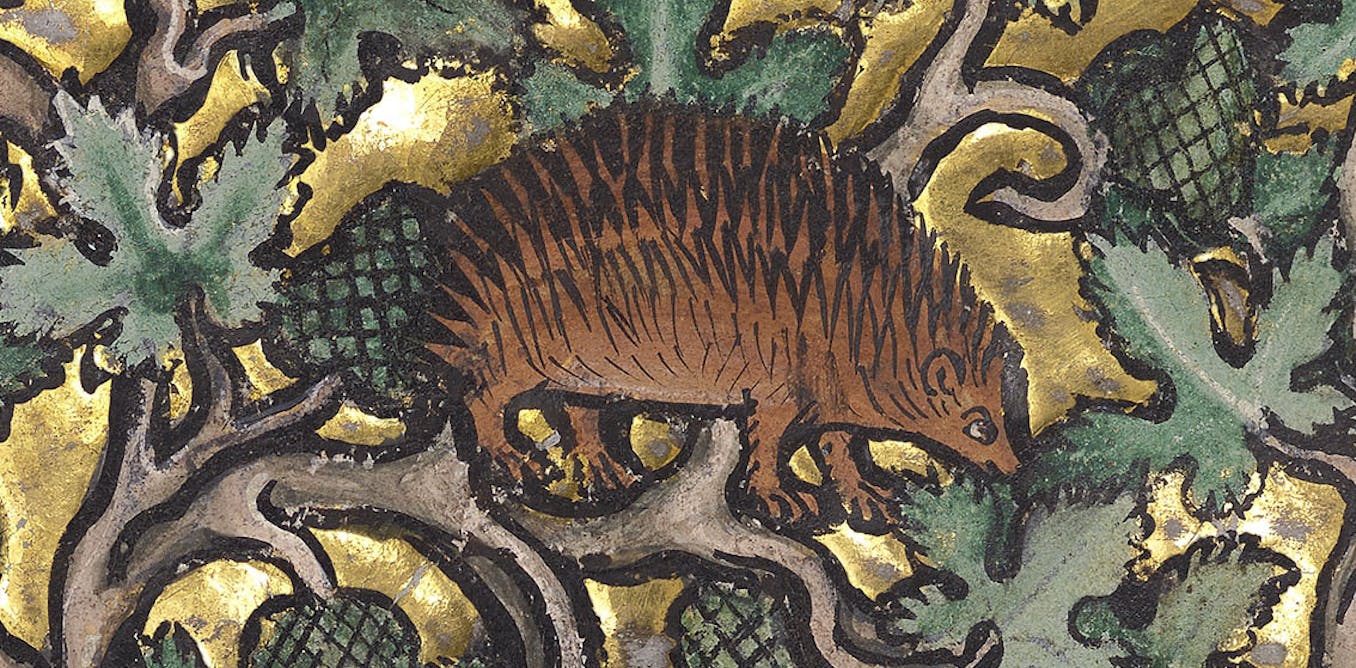Copenhagen – The world’s greenest capital city? | DW Documentary
Copenhagen is renowned for being bike friendly and for its cutting-edge design and architecture. But the Danish capital has also become a hub of environmental protection and sustainability.
Once a fishing village, today Copenhagen is a bustling metropolis where designers turn fabric remnants into hip fashion and restaurants grow lettuce in indoor warehouses. City architect Camilla van Deurs says the goal is to create a livable city. Internationally renowned Copenhagen-based architect Bjarke Ingels calls it ‘hedonistic sustainability.’ The documentary shows us around the city and introduces us to the people that are helping to make Copenhagen one of the best places in the world to live.
#documentary #dwdocumentary
______
DW Documentary (English): https://www.youtube.com/dwdocumentary
DW Documental (Spanish): https://www.youtube.com/dwdocumental
DW Documentary وثائقية دي دبليو (Arabic): https://www.youtube.com/dwdocarabia
DW Doku (German): https://www.youtube.com/dwdoku
DW Documentary हिन्दी (Hindi): https://www.youtube.com/dwdochindi
Watch the video by DW Documentary
Skiing with a difference. There’s no snow, but that doesn’t matter. Here, you can hit the slopes all year round. CopenHill, as it’s called, is located in the Danish capital. The artificial ski facility was built in 2017, on top of a waste incineration plant.
There are lifts to take ski fans to the start of the 100-meter-high piste, which stretches over half a kilometer. Not Europe’s most challenging slope, but it’s most unusual. Skiing in summer is great! Really funny in shorts and T-shirt. The environmentally conscious Danes have turned this into somewhere fun.
A futuristic power plant where you can also ski, climb and hike. One of the many attractions of a city which prides itself on being stylish, modern and practical. There’s a focus on architecture here. That’s why I find it very Danish and ‘Copenhagenish’ to build a ski slope on an incineration plant. Copenhagen.
A city where historic buildings mingle with modern architecture. They do things differently here. The buildings are sustainable and visually dazzling. The green city has an ambitious goal. It wants to be the world’s first climate-neutral capital. Copenhagen has topped rankings as the world’s most livable city on several occasions.
CopenHill is just one of the many spectacular projects here. Camilla van Deurs has the overview. She is the chief strategist in charge of Copenhagen’s green transformation. In my everyday life I get to visit amazing places like CopenHill and really use the entire city as my office.
Every day I get to talk about the details of this great city to people who are all passionate about making change happen. She’s been Copenhagen’s chief city architect since 2019. She plays a big role in shaping both urban planning and architecture in the capital. First, it’s about creating a livable city,
So thinking very much of the inhabitants here. What would make their everyday lives and the experience of moving around in the city, being a child in the city, a better experience. And of course, that translates into numerous factors: How green are our streets? What is the quality of the ground as you move?
How do you create lively public spaces that have sun and activities? I always try to start from the idea of what do we need to make this a great city to live in and then scale the solutions and architecture up from there. The vision is to create a twenty-first-century city.
A city that combines commerce and ecology, living and working, relaxation and adventure. But even in a green city like Copenhagen, not everywhere is squeaky clean the canals for instance. Here in Copenhagen, there is quite a lot of trash, but
As you see there is a lot of trash lying in the water right here, but when we finish here, we will go and explore the harbor. GreenKayak combines the fun of messing around in a boat with cleaning up the environment. Tobias, one of the founders, calls it a Trash Hunt.
So this is a kind of typical thing: McDonalds, soda cans, candy paper, crisps. More plastic. The concept is simple. Anyone can use the kayaks for free as long as they help fish trash out of the water. Sometimes I wonder if I should be happy, or sad about it.
Because it’s good that we pulled out so much trash from the water, but it shouldn’t end up there in the first place. After two hours on the water, time for the weigh-in. 17 kilos of trash. A sizable haul. More than 60,000 people have collected more than 94 metric tons of waste
With our kayaks. And we’re working hard to hit the 100-ton mark. The message of GreenKayak we’re all in the same boat. But when it comes to getting around town, the Danes like travelling by bike best. Mikael Coleville-Andersen has explored almost every city of the world on two wheels.
The bike blogger has cycled in Japan, Brazil and the United States. His favorite remains Amsterdam, with Copenhagen a close second. 60% of the people living in the city of Copenhagen ride a bike every day. it’s my doctor, it’s my politician, it’s my lawyer and it’s students and children, right? It’s not cyclists.
It’s just Copenhageners on bikes. You can design the city for that. Making the bicycle the fastest way from A to B. Everybody will do that. Mikael is regarded as an expert on urban mobility. He’s the host of the series, The Life-Sized City. The designer advises on how to make cities more attractive
And more livable. Copenhagen is a model worldwide. We are a design country and we’re proud of it. My kids have design in the third grade, and we learn the principles of Danish design: practical, functional, elegant. Really, there’s a whole other episode on how deeply rooted design is for the Danish people.
That is how we have been thinking about the city for a long time. Right? We are designing it. Make it fun, but make it elegant. Combine all of these elements instead of just putting them into compartments. Fashion Week in Copenhagen is hailed as the world’s most sustainable fashion week.
It has banned single-use materials, like plastic bottles, for example. The brands themselves also have to meet specific sustainability standards. One fashion designer has turned away from conventional fashion and is having success nevertheless or for precisely that reason. Sigurd Bank creates high-quality garments in his Copenhagen studio
From deadstock, or leftover material as well as recycled fabric. The industry has to stick with it. Otherwise, it’s just a marketing ploy. I think it’s good what they’re doing, but I don’t entirely believe it’s changing. At least, this way, more focus is on the fashion industry, and it is getting pushed towards sustainability.
His label mfpen tailors exclusive clothing from classic styles to business and casual wear. Sigurd Bank is one of the new stars of the Danish design scene. He doesn’t regard himself as a rebel, but as an outsider who calls things into question. Too much is being bought and produced.
In my position it’s a difficult thing to say, but we have to reduce our consumption. That’s true for everything in life. From electronics to fashion. Skiing down the slope while trash is being burned below. The glass lift reveals what is happening inside the plant. 70 tons per hour.
Each day, 300 trucks arrive loaded with trash, which the plant uses to create electricity and heat. The technology turns the trash into cleaner energy. It’s crazy that a waste plant can bolster the image of a city. Usually, these kinds of facilities are outside the city, hidden away. That’s not our approach.
A city produces trash that has to be disposed of. It’s important to make citizens aware, to show them what happens here as part of the solution. The facility is not without its critics, who say it is too big for local requirements.
And argue it would be better not to produce the trash in the first place. And yet it’s part of the city’s strategy to become carbon neutral. And the waste-to-energy plant, as it’s described, is intended to help underpin Copenhagen’s reputation as the greenest of all capital cities. If we didn’t burn the trash,
It would end up in landfill and release methane gas. We are making energy out of waste. Turning a profit from a problem, making it sustainable. Cutting consumption and recycling things so that no trash is created in the first place that’s still a long way off.
CopenHill is a power plant that turns waste into electricity. That is so huge that it’s going to the biggest and tallest structure in all of Copenhagen. A little crazy, you might say. CopenHill is his work. Bjarke Ingels, 49 years old, Danish star architect. This sounds like science fiction,
But this is the world-changing potential of architecture. It started off as wildly fictional ideas, ski slopes and smoke rings is changing into everyday reality. His designs are internationally renowned and he’s in big demand. Bjarke Ingels has already built a lot of buildings in his home city.
There are few other places that can make bold ideas like these come true. If you compare Copenhagen to Stockholm. Stockholm is this dramatic archipelago with rocky islands. Oslo is basically at the foot of the Holmenkollen mountain, and the ski jump in the middle of a beautiful fjord.
Copenhagen is kind of flat but when you look closely everything manmade is thoughtful and has been made with attention and care. It’s the design, Formgebung that makes Copenhagen what it is. Bjarke Ingels designs buildings that have a lot of different, above all diverse, functions. He aims to create ordinary things in extraordinary ways.
There’s no need for green buildings to be uncomfortable and joyless, according to Ingels’ philosophy. We call it ‘hedonistic sustainability.’ In all our projects, we try to create a sustainability that is not just good for the environment, but also improves people’s lives. Sustainability that doesn’t involve going without or compromising.
It should be so sexy that you want it. The Red Square in Copenhagen. Neon signage from Moscow and China, benches from Iran, a slide from Japan. Nørrebro. Once, it was seen as a rough neighborhood, but now it’s become a hip, multicultural melting pot. The square is a conscious cultural invasion,
Made up of 108 objects from more than 50 countries. It was designed by Bjarke Ingels together with local residents. Anna Vigsø lives here. It’s also where she gets her inspiration. Her songs are about autonomy and self-determination but also about how Copenhagen ticks. Climate and sustainability play a big role at the moment.
I’m considering whether to release my album on vinyl. Is that possible? Can you do that sustainably? And how should I travel to my next gig? That’s no problem here in Copenhagen, but what about when it’s further away? How can you avoid being an environmental sinner? I ask myself that a lot.
29-year-old Anna, alias NØX, is one of the few women in the city’s rap scene. She moved to Copenhagen ten years ago. We can go almost anywhere on foot here. Sometimes people give me funny looks when I say I’m going to walk. But that’s how it is. Everything is close by.
Copenhagen is like a big village compared with Berlin, for example. Copenhagen: young and hip. No other city has worked harder to transform itself into a sustainable and attractive place to live. This square is just one example. Since opening this area, it has really become the brand of Nørrebro.
It’s become like the living room of this part of the city. So many people who would have never come here, now come here to do cultural events, to go to the sports facilities or just to hang out on this great square, so it’s really changed the brand and the image of this space
And opened it up and invited people from other places in the city to come here. When it comes to the mobility revolution, Copenhagen is outpacing itself. In the last ten years alone, the city has invested 300 million euros expanding bike paths. So many people cycle that there’s not enough room for everyone.
Especially at rush hour. Now the city is creating more places for bikes to park. And that’s really a challenge for us as a city, how to deal with the bicycle parking. We have to start investing really a lot of money in bicycle parking. And one of the ideas is to build parking out,
On top of the train tracks. 500 kilometers of bike paths. The city has been extending the network for 20 years now. The capital also has downtown leisure opportunities. We have seven harbor baths in the city. And really this whole experience of opening up the water making it much more livable.
People from my work, they go down in their lunch break and take a swim, and then they go up and work again. Architecture and quality of life made in Copenhagen. Camilla van Deurs gets inquiries from all over the world. This time, she’s meeting urban architects and planners from Belgrade.
Like many others, they’ve come to learn from the city. The Serbian capital faces different problems but shares the same goal: to become a better place to live. When you come to Copenhagen what are the kinds of lessons, or the things that we can maybe show you that can be interesting?
The biggest issue for us are the green ways of transportation to the city. Just 0.7 % of people are riding bicycles. One of the ways we had success with the infrastructure in Copenhagen was that we always started putting it on the streets and not in the parks.
It takes a lot of courage from the planners and the local politicians to take space away from cars. Right in the middle of it all: green instead of gray. ØsterGRO is Denmark’s first urban roof garden, a little oasis. Flowers, herbs, fruit and organic vegetables grow here over 600 square meters.
Every Tuesday is Volunteers Day when members work alongside volunteers up here on the farm. I’m interested in ecology, and I like being outdoors. I live on the third floor, and I don’t have any possibility of growing anything myself. What fascinates me about it is there are so many different people
Coming together from all around the world and working to a common cause and voluntarily. On Tuesday it’s volunteer day, we all just come because we want to be here, and we like to be out in nature. I think that’s really, really cool. Yeah.
Up to 2014 this was the roof of a former car auction house. Now it’s a grow-your-own paradise with several bee colonies, its own hen coop, rabbit pens and a compost facility. The idea of transplanting green agriculture from the country into the city came from Livia Urban Swart Haaland.
She was studying horticulture at the time. Østergro began as a dream. We wanted to create a city farm with local and sustainable agriculture, which would give urban residents with little contact to nature the possibility of experiencing organic farming firsthand and supporting it. Discovering the joys of growing your own food,
Watching plants develop and finding out what they need. Anyone can participate. And community is important, too. And, of course, there’s also a message. What ØsterGro so nicely demonstrates in my opinion is that we should eat more locally grown food. We should eat more vegetables. We should make sure that we eat organic food,
And we should show respect and pay more heed to the natural cycle and the seasons. Gastronomy is also part of the concept. ØsterGRO is the first urban rooftop farm that’s a restaurant, too. Anders is cooking for the members today. On the menu: zucchini, fennel, baked red potatoes and a colorful salad.
And then there’s a vinaigrette. There’s honey in it, so the vegans don’t take that. And there is mayonnaise and ketchup. Urban gardening is a relaxing kind of work. You can either take the vegetables home with you. Or enjoy the reward of a sit-down meal at the end of the day.
This takes urban gardening to a completely new level. From banker to vegetable grower. Eight years ago, Anders Riemann switched an office for a production site and a suit for protective clothing when he set up Europe’s biggest indoor vertical farm in the Danish capital.
So this is the kindergarten and then the mature plants on the other side. We can harvest 15 times a year. And we do that on 14 floors. So, 14 times 15 is 210. And we have 215 times more utilization of the same area compared to a farmer.
Spinach and similar leafy greens can be harvested after just 4 to 6 weeks. His goal is to achieve urban food security. Now after corona and the war in Ukraine, we are very vulnerable for security in supplying food. So we need to be able to have food production
Inside of the cities as part of the infrastructure. Denmark imports the bulk of its greens from elsewhere. Anders Riemann says that 20 vertical farms like his could meet domestic demand. Conventional agriculture accounts for 30 percent of global warming and uses 38 percent of the world’s land surface.
The opportunity our generation have in these years is that we have access to technology that would enable us to produce much more food in less space so that that we can free up agricultural land and turn it back into what it was originally used for, namely forest.
Anders Riemann is optimistic that vertical farms like his will soon be contributing to food security and healthy nutrition worldwide. The city’s iconic Little Mermaid. She isn’t worried by rising sea levels. But Copenhagen IS. Over the next ten years, 350 trucks a day will travel through the city to the port.
It’s part of the biggest building project in Danish history. Several hundred million metric tons of earth and sand will go into creating Lynetteholm. The new artificial peninsula is meant to shield the capital from the impact of storms and provide additional living space. The peninsula is so important because it resolves many
Of the capital’s challenges in one fell swoop. It protects the city from the consequences of climate change, provides a way of disposing of excess excavated earth, and creates living space with schools, offices and commercial property. A defense against future storm surges and a completely new waterside district housing 35,000 people
On three square kilometers. That’s how politicians and developers are promoting the project. Mikael Coleville-Andersen hopes it won’t get that far. He isn’t the only one concerned about the Baltic Sea. Lynetteholm, it’s this environmental catastrophe and yet they’re not talking about that, about removing all of this diverse ocean life from the ocean floor.
And also all of the fresh water that comes in and out of the Baltic Sea to Germany as well. Basically, we’re putting a cork in one of these underground channels so like with water quality in the Baltic Sea already bad, it’s going to get worse. An act of preservation or destruction?
Denmark’s historic project to counter climate change is highly controversial. It’s due for completion in 2070. Some call it greenwashing. Others say it’s an essential defense against flooding. Copenhagen is regarded as particularly at risk. Lynetteholm is a solution to it and the solution
And the discussion of course is about how big should it be, how much of Lynetteholm should be a natural landscape, how much should it be building? But I think, regardless of who you talk to, there’s an understanding that we have to do something because otherwise
The historic city will be flooded in a hundred years, and I don’t think anyone is ready to do that yet. A city with a flair for forward-looking design. That’s combining sustainability and fun. And wants to be a pioneer when it comes to social cohesion and healthy living. A green vision.
Here, people count not cars. Hip, high-tech and hyggelig. While other cities struggle to face the future, in Copenhagen it’s has already arrived.
About DW Documentary
DW Documentary gives you information beyond the headlines. Watch top documentaries from German broadcasters and international production companies. Meet intriguing people, travel to distant lands, get a look behind the complexities of daily life and build a deeper understanding of current affairs and global events.
Video “Copenhagen – The world’s greenest capital city? | DW Documentary” was uploaded on 04/02/2024 by DW Documentary Youtube channel.







